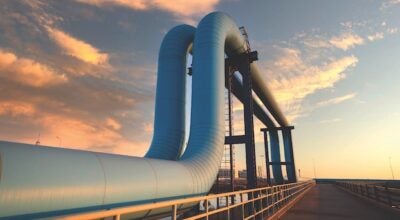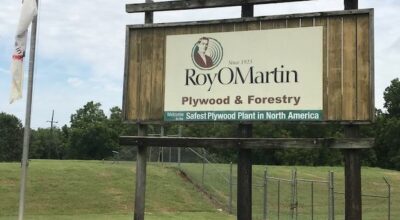Axiall to build steel wall along Bayou Verdine
Published 8:19 am Tuesday, October 8, 2013
The state’s Department of Environmental Quality approved a request from Axiall Corp. to change its hazardous waste controls at its North Dock area along Bayou Verdine.
DEQ’s decision grants Axiall a modification to its existing hazardous waste permit, allowing the company to replace 19 of its remedial wells with a permanent 1,700-foot-long steel wall, which will sink about 15 feet into the ground.
The estimated $2 million wall will seal off the North Dock area, preventing the company’s contaminated discharge from migrating into the bayou. Axiall will continue to operate two of its groundwater withdrawal wells to capture shallow groundwater being contained by wells that will be removed when the barrier wall is installed.
Construction on the wall is expected to start by December. The wall is scheduled for completion in early 2014, said Alan Chapple, Axiall’s director of corporate communications and public relations.
DEQ officials granted Axiall the permit modification one month after a two-month public comment period.
At least two weeks before construction on the wall begins, Axiall officials must submit to DEQ their final design plans for the wall, as well as their plans for monitoring waste withdrawal and groundwater once the new system is online. The company must also provide DEQ with a “plugged and abandonment” plan that outlines how the company will remove its old wells and plug the holes left behind in the ground.
Officials must also submit to DEQ a construction report and a plan that outlines the wall’s operation and maintenance 45 days after its construction is completed. The report must also summarize the wall’s construction activities, performance and maintenance.
Chapple said Axiall is preparing a plan that it will submit to DEQ for approval.
During a Westlake public meeting in July, Mike Huber, Axiall’s remediation specialist and manager of environmental projects, said the wells that will be removed along the North Dock are between 20 to 25 years old and “at the end of their usable lives.”
He added that a permanent subsurface sheet wall is a better solution to keep “groundwater from flowing offsite.” Axiall’s manufacturing process results in the discharge of chlorinated hydrocarbons from its plant. These toxic chemicals are insoluble in water.
One local environmentalist, however, believes the steel sheet wall may not be enough to stop Axiall’s wastewater from entering the bayou. Michael Tritico, president of the Lake Charles-based Restore Explicit Symmetry To Our Ravaged Earth (RESTORE), said many chlorinated hydrocarbons are corrosive and could cause the steel wall to deteriorate over time.
“If we’re relying on this (sheet wall), and we don’t know that there’s a leak, there could be a reintroduction of the hazardous waste materials at a shallow level,” he said.
Tritico added that a combination of the sheet wall and new withdrawal wells would be a better solution.
“When you release that draft and hope that a deeper recovery well is going to take over, there’s a gamble there, a speculation,” he said. “We’ve seen at places like Willow Springs that withdrawal wells have limits, and things that have been released before the draft was started are moving out beyond where the recovery influence can affect them. The capture zone is limited, vertically and horizontally.”
William Schramm, a DEQ geologist, said Axiall’s remaining wells will continue to remove the contamination in the deeper zones.
“The wall is going to prevent the lateral movement; it’s going to force the flow of the groundwater down into the other recovery systems,” he said. “So (the wall) is not just going to just stop the flow. The system is going to continue recovering the contamination and the contaminated ground water. We’re going to continue pumping existing wells in the remaining system. Some of the 10-foot zone wells will be removed, but the deeper wells will control the contaminant removal.”





